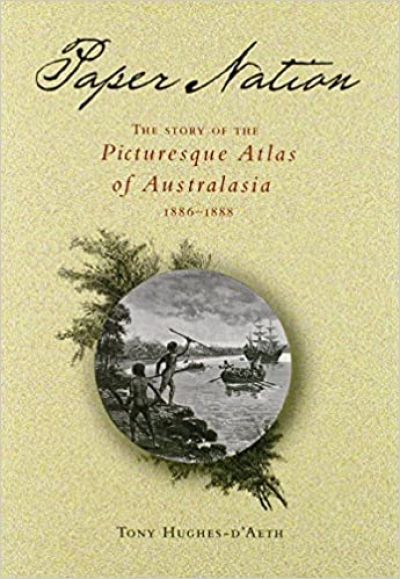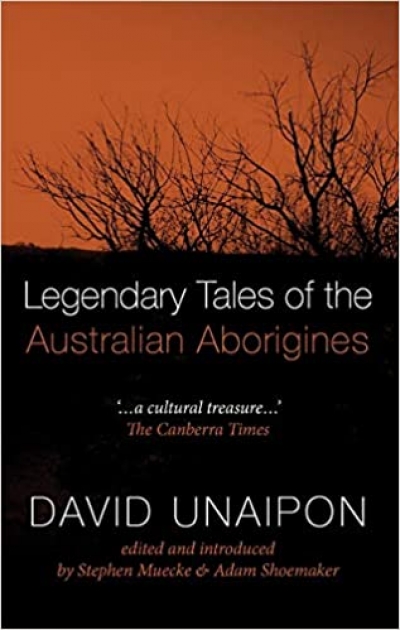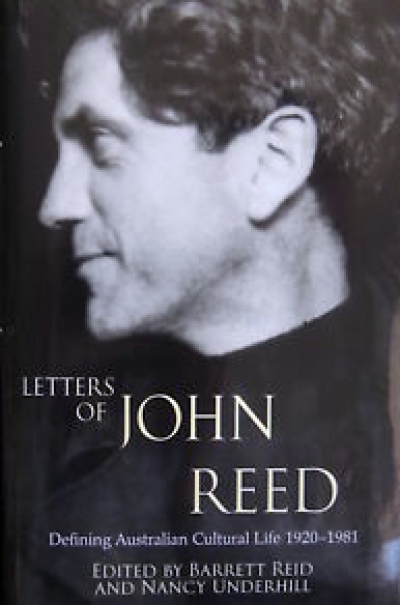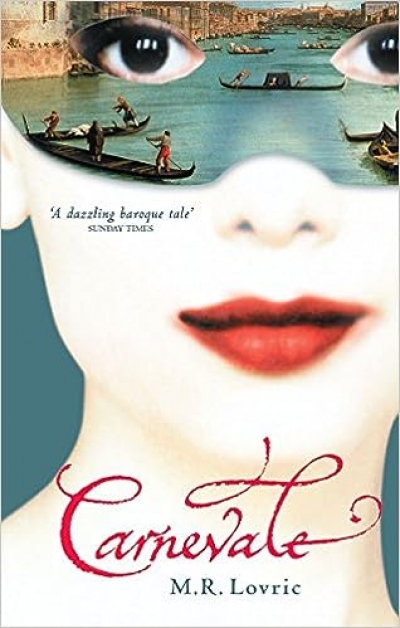Archive
Welcome to our final issue for 2001! Our summer issue – arrestingly illustrated on the cover – is a double one, and longer than previous ones this year. Funds permitting, we hope to be able to publish more eighty-page issues in 2002, especially in the second half of the year, when so many Australian books, both general and scholarly, are published. This expansion allows us to add new features: ‘Best Books of the Year’ column (children’s as well as adult books); short fiction; and a ‘Summer Reading’ column, containing brief reviews of worthy titles for which we haven’t been able to find the wonted page or two. Columns such as ‘Best Books of the Year’, in which various critics nominate two favourite books of the year and one ‘surprise’, are certainly not intended to be the last word on the subject. Such columns are inevitably subjective. But it is interesting to hear from some of our regular critics and contributors about their assessment of quality publications here and overseas. If it points some readers to fine books they may have overlooked, I think it is worthwhile.
... (read more)Sneer tactics
Dear Editor,
Perhaps you will allow me to reveal that this is the second letter I have written to ABR in response to Richard King’s review in the November 2001 issue under the heading ‘One Long Giving Away’. The first letter was rejected because it was too long, because it quoted two short poems from the poets under attack, because of references to an earlier article I had written, and because of a comment about the review’s tone.
... (read more)







